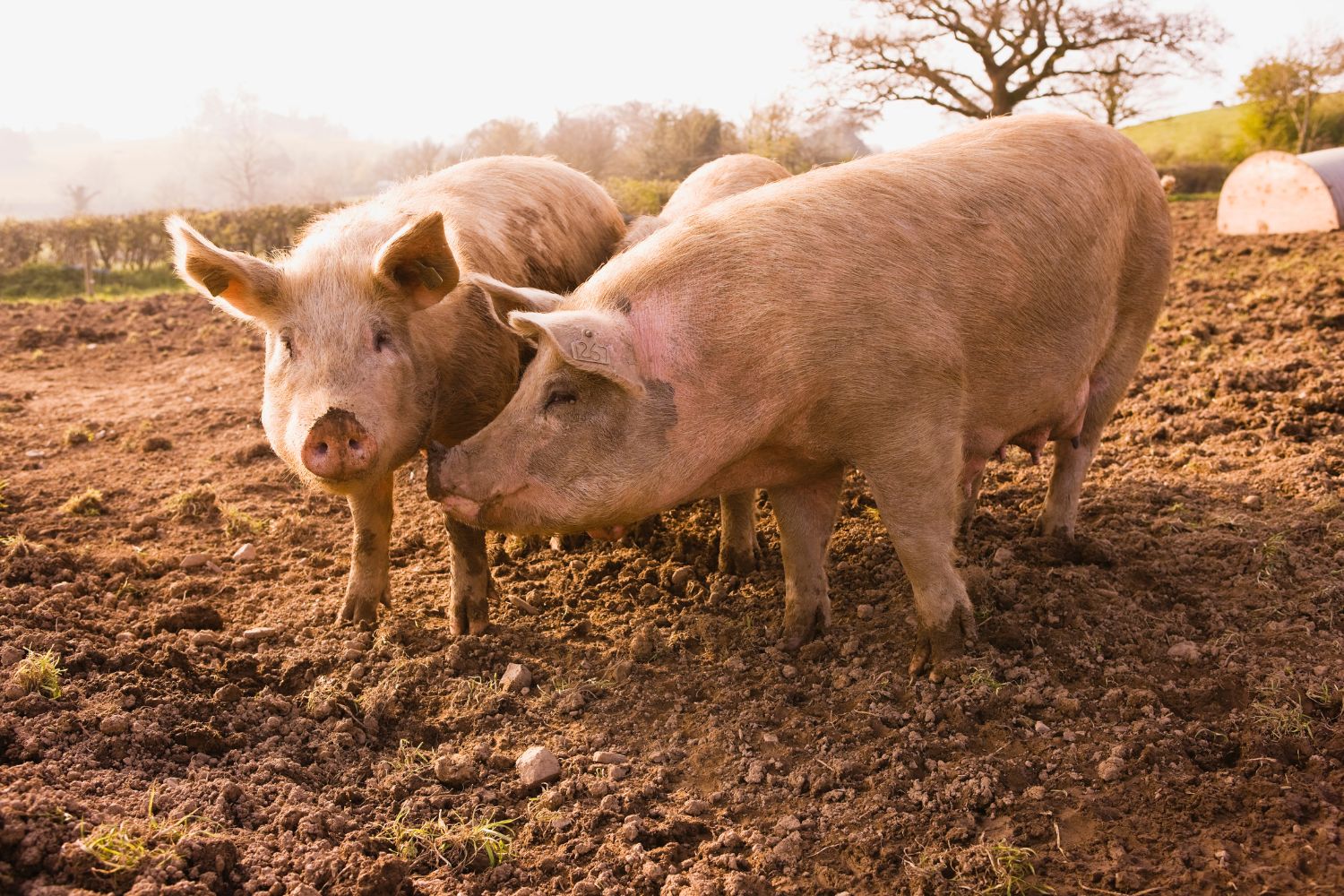Everything is being discovered about Artificial Intelligence: a fascinating study led by the University of Copenhagen (Denmark) has shown how AI can decode the emotions of some wild animals, in particular seven species of ungulates. But is it really a turning point for their well-being?

@Canva
Artificial Intelligence, equipped with machine learning, can now interpret the mood of seven different species of ungulates. The breakthrough, led by the University of Copenhagen in Denmark, could be a game-changer in terms of how we define animal welfare. But is it really a game-changer?
Animals are sentient beings
Yes—just as some dodgy comments have been made in some areas of the political establishment—humans are not the only living beings capable of experiencing emotions. And this isn’t a personal opinion; it’s a scientific consensus.
Scientists have over the last few years carried out all sorts of experiments to attempt to detect consciousness in animals other than humans. Some of them are listed below:
- Asian elephants can recognize themselves in a mirror
- Bees understand the concept of zero
- Octopuses experience pain
- Fruit flies enter REM sleep—meaning they dream
Yes, animals may possess consciousness and sensitivity—whether or not it’s convenient for us to accept.
AI can decode animal emotions
Researchers from the Department of Biology at Copenhagen University succeeded in teaching a machine learning computer program to distinguish positive and negative emotions in seven types of ungulates, such as cows, pigs, and wild boars.
Employing the sound patterns of their vocalizations, the model was able to reach a high accuracy rate of 89.49%, the first cross-species study to determine emotional valence with the assistance of AI.
“This breakthrough provides robust evidence of AI’s ability to decode emotions across species based on vocal patterns,”
explains Élodie F. Briefer, who led the study.
“It has the potential to revolutionize animal welfare, livestock management, and conservation by allowing us to monitor animals’ emotions in real-time.”
After reviewing thousands of vocalizations in different states of emotion from ungulates, scientists decided on the most significant acoustic indicators of emotional valence. Duration, energy distribution, frequency, and amplitude modulation changes were among the most effective predictors.
These tendencies were surprisingly consistent across species—suggesting evolutionary conservation of simple vocal expressions of emotion.
Earlier work provided the foundation
AI has proved itself useful in this field already. A recent University of Michigan study developed a tool that is able to determine if a dog’s barking is play or aggressive—and the dog’s age, breed, and sex.
To accomplish this, researchers used current AI designs previously trained on human speech that could discern tone and accent and use that to inform information a computer can use to both recognize words being spoken and who is speaking them.
A potential milestone for animal welfare?
The research findings have far-reaching applications. The AI-powered classification model can help develop automated emotion-tracking systems in real-time, transforming livestock management, delivery of veterinary care, and conservation work.
“Understanding how animals express emotions can enhance their welfare,” Briefer adds.
If we can catch stress or discomfort early, we can intervene before it spirals out of control. And just as important, we could promote positive emotions. That would be a game-changer for animal welfare.”
To make further research easier, the researchers have made their emotional call database for the seven ungulate species available in the public domain.
We want it to be a tool for other scientists,” Briefer says.
“By making the data available, we’re hoping to accelerate research into how AI can contribute to understanding animals and how we can improve their lives.”
But one queasy question remains: do we really want animal welfare? Sadly, there are too many indications that say no.
Sources: University of Copenhagen / iScience
